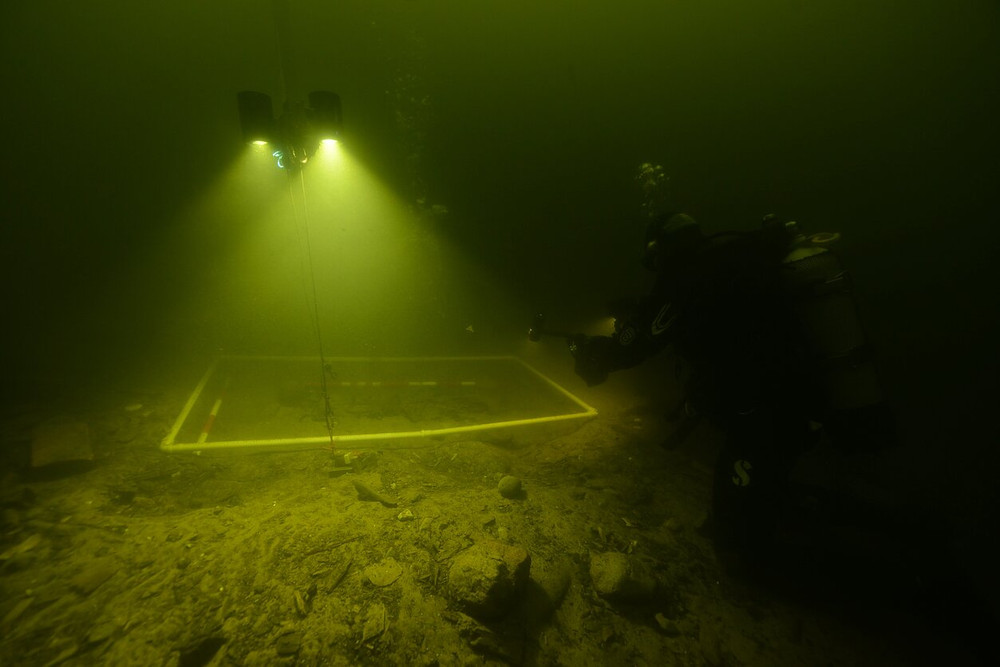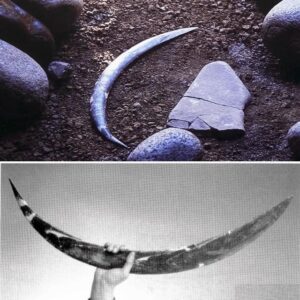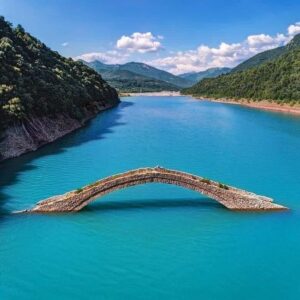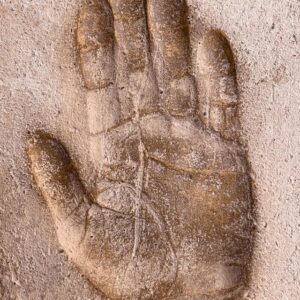Divers and archaeologists in Lithuania unexpectedly found the remains of a medieval soldier in a lake.
This discovery gives researchers the opportunity to learn more about medieval people.

Many of the medieval soldier’s personal belongings were discovered in a well-preserved state. The soldier’s remains may be associated with one of the most important castles in the Baltic region during the Middle Ages.
Lake Asveja is the largest lake in Lithuania. According to Baltic Course, the lake has been intermittently explored using underwater archaeological methods since 1998. Many discoveries have been made, including the remains of boats that may have been a ferry, and what is known as the old Dubingiai Bridge.
The old bridge was found not far from a bridge that is still in use today. Artifacts from the 17th and 18th centuries have also been found beneath the lake’s waters. During a recent dive, archaeologists found several human remains at the bottom of the lake.
Archaeologist Elena Pranckenaite said the human remains were found under a layer of mud and sand at a depth of 9m. A water pump was used to remove silt and sediment from the remains. The human remains were discovered by carefully removing the mud and sand. This new underwater discovery is unique and the first of its kind in Lithuania.
According to initial investigations by anthropologists, the discovery is believed to be the remains of a young man. It is believed that the young man was a soldier in the Middle Ages. This is based on artifacts found on the remains.

A sword was found next to the body and two knives and some leather items such as a belt were also found. The young man died wearing sturdy leather boots. All of these items were extremely well preserved in the sediment at the bottom of the lake.
Anthropologists were unable to estimate the age of the remains from a study of the bones. However, a study of the sword and other objects allowed experts to determine the period in which the soldier lived. The findings could date back to the 16th century.
This was a period when the Grand Duchy of Lithuania was one of the most powerful states in Eastern Europe and controlled lands as far south as Ukraine. The duchy was in a dynastic union with the Kingdom of Poland.
The cause of the soldier’s death remains unknown. However, the remains were located near the important fortress of Dubingiai Castle, which today stands in ruins on a peninsula near the lake. It was one of the most important fortresses in the Baltic and protected Lithuania from nearby attacks.
The medieval soldier may have died in a conflict or possibly drowned. It is likely that the soldier who died over 500 years ago served in the castle garrison.

The discovery of the remains of a medieval soldier once again demonstrates the archaeological importance of Lake Asveja.
Experts have now moved the remains for further examination at Vilnius University, where they are being studied by a multidisciplinary team. Once the research is complete, the bones and artefacts will be transferred to the Lithuanian National Museum, where they will be processed and preserved.





